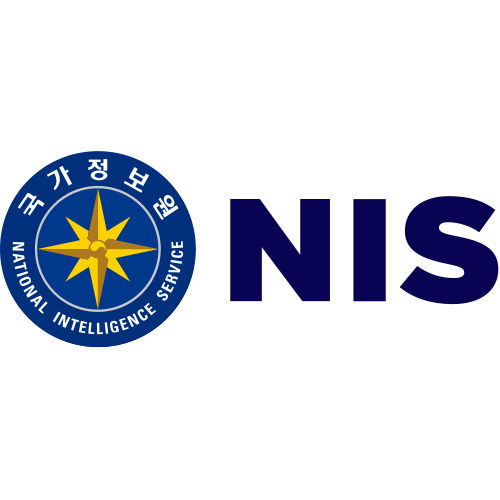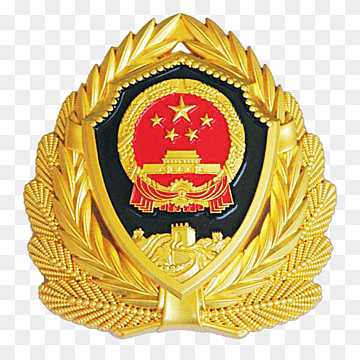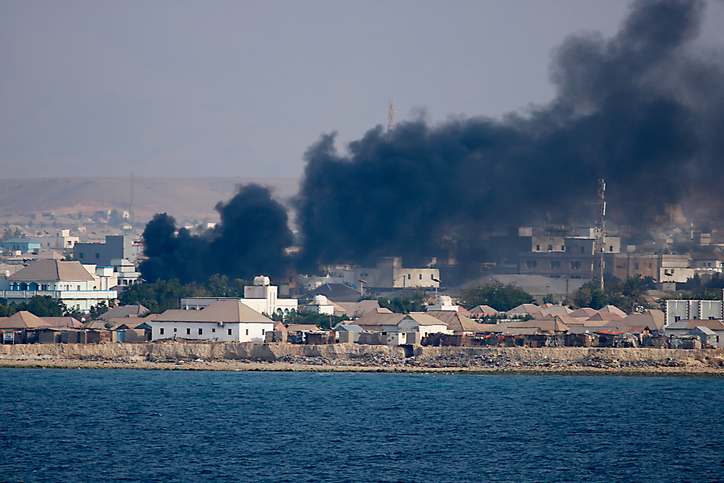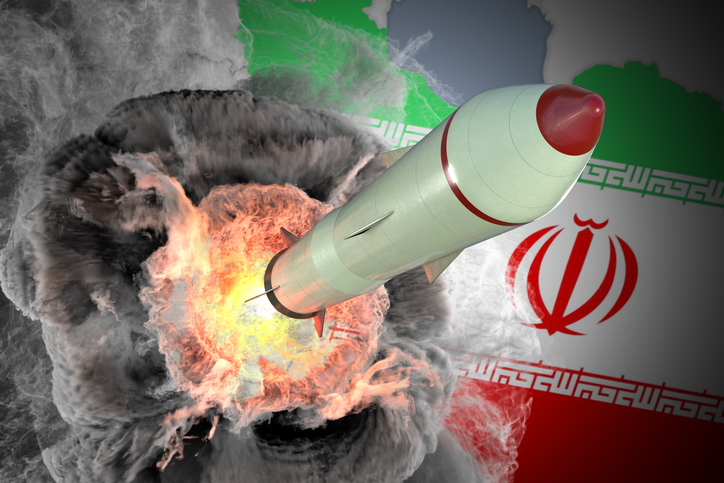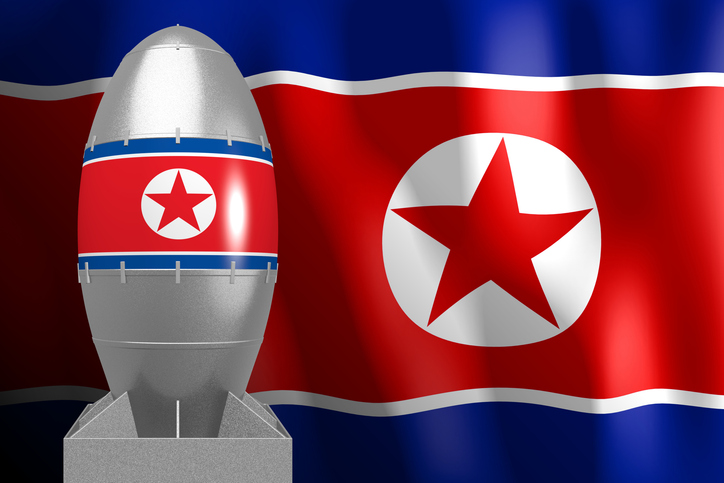
Posted On : Dec 15 2020
Aum Shinrikro
Aum Shinrikyo, often abbreviated as AUM, was a Japanese doomsday cult founded by Shoko Asahara in the mid-1980s.

The group is infamous for its involvement in several heinous acts, including the deadly Tokyo subway sarin gas attack in 1995. This article provides a concise overview of Aum Shinrikyo, its history, beliefs, and its lasting impact on Japan.
Aum Shinrikyo, initially known as Aum Shinrikyo no Kai, began as a spiritual movement blending elements of Buddhism and Hinduism. Its leader, Shoko Asahara, claimed to possess supernatural powers and espoused a doomsday prophecy in which the world would be engulfed in a final war, with only Aum's followers surviving.
Aum Shinrikyo experienced significant growth in the late 1980s and early 1990s, attracting thousands of followers. Asahara's teachings became increasingly extreme, advocating violence and encouraging members to see him as a messianic figure. The group amassed significant wealth through a variety of means, including computer-related businesses and donations from members.
On March 20, 1995, Aum Shinrikyo carried out one of the deadliest acts of domestic terrorism in Japan's history. Cult members released deadly sarin gas into the Tokyo subway system during the morning rush hour. The attack killed 13 people, injured thousands, and left the nation in shock. This event marked a turning point in Japan's perception of the group.
In the aftermath of the Tokyo subway attack, Japanese authorities launched a massive crackdown on Aum Shinrikyo. Asahara and other top leaders were arrested and later sentenced to death. The group was banned, and its assets were seized. Aum Shinrikyo was subsequently renamed Aleph in an attempt to distance itself from its violent past.
While Aum Shinrikyo/Aleph has been largely dismantled, concerns persist about the potential for new religious movements to emerge with similar extremist ideologies. The Japanese government has since increased its monitoring of such groups to prevent a recurrence of the violence perpetrated by Aum.
Aum Shinrikyo (AUM) stands as a chilling example of the dangers posed by cults and extremist religious movements. The group's rapid evolution from a spiritual organization to a violent cult culminating in the Tokyo subway attack shocked Japan and the world. While its leadership has been brought to justice, the legacy of Aum Shinrikyo serves as a stark reminder of the need for vigilance against such groups and their potential for causing harm and destruction. Japan's experience with Aum has underscored the importance of addressing the root causes of extremism and preventing the rise of similar movements in the future.
No Comments Added






